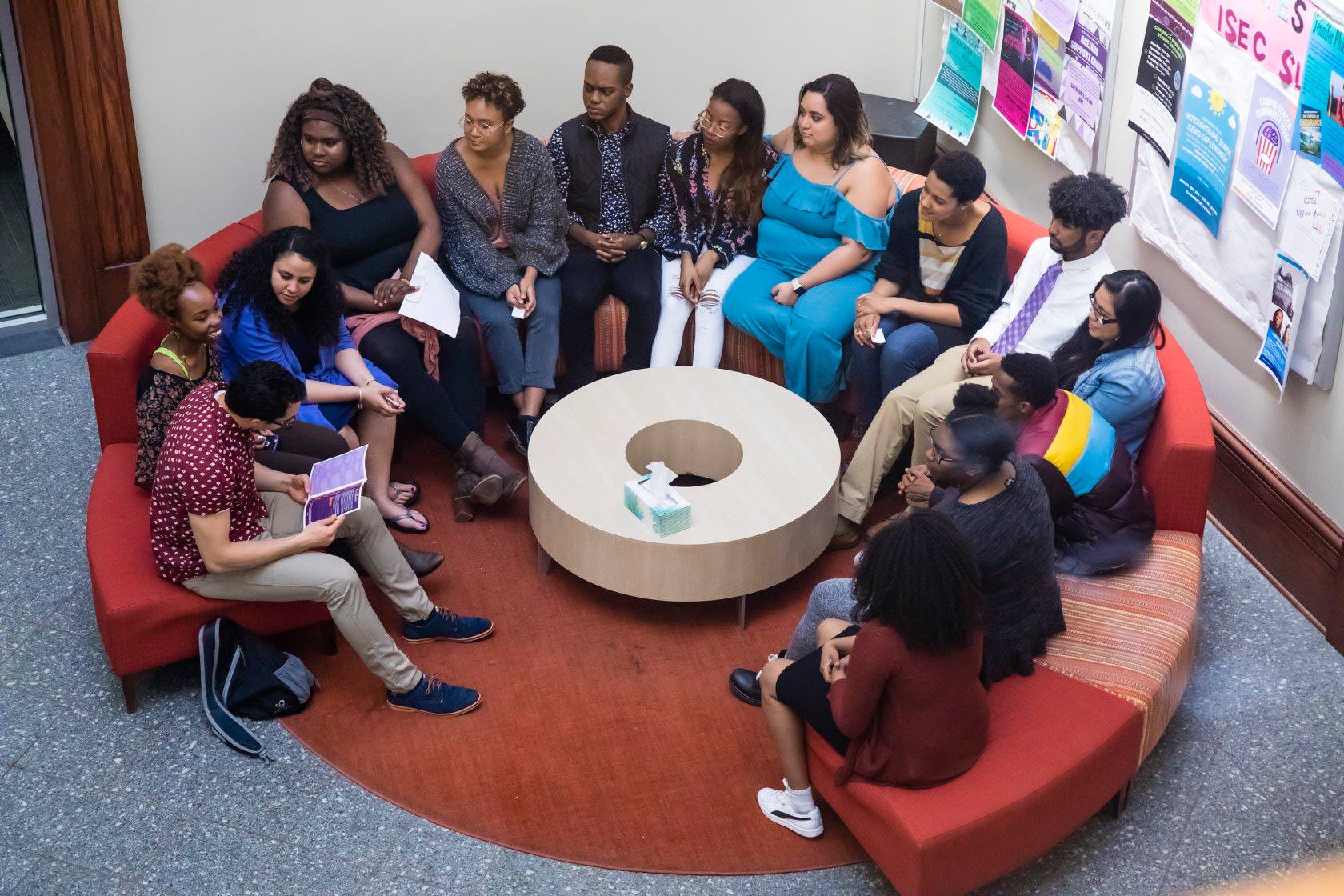History of Restorative Practices

Sitting in circles around a fire, sharing stories, solving problems, and celebrating happiness is as old as human society. Restorative Justice is just as old.
In the indigenous cultures from which we spring, retributive justice may have been one option for preventing future harm and keeping us all safe: knowing there were physical, emotional or psychological punishments could at least remind us and at most frighten us into behaving as the rules required.
Another ancient way for addressing wrongs was deep listening with an intent not to punish but to understand where the disconnect began and to find a way to repair the connection that had broken down. In this regard, the ultimate goal of a thriving community may have been our mutually beneficial interconnectedness. When I harm you, I harm me. I harm us. And that harm must be repaired because we need each other -- we need each one of us. Today, we call that restorative justice.
Contemporary restorative practices in New England have been greatly influenced by the native peoples of this land. The Abenaki, for one, have a tradition of sitting in a circle and passing a talking piece to focus the deep listening on the speaker, hearing from the heart of both the victim and offender. Mennonite communities in Canada adopted these practices as a way to welcome home those who had served time in prison and to prevent recidivism, by offering Circles of Support and Accountability. Restorative Justice has been gradually introduced in the U.S. criminal justice system and has led to adaptation for its use in schools as well. The broader term, Restorative Practices, is not only a way to react to harm but an attempt to prevent it. Thus, roughly 80% of restorative work in the community is proactive, or “community building,” while 20% may be reactive, or focusing on harm repair.
Though Amherst has a history of attempting to right historical wrongs, it has also fallen short. After the Amherst Uprising in 2015, students, faculty, staff, and alumni urged each other as members of the Amherst family to commit to greater practices of justice, equity, inclusion, belonging, and interconnectedness. The Center for Restorative Practices, launched in 2020, is just one of the practical initiatives that tangibly emerged from that expressed longing.
Our ancestors sat in circles to share warmth, from the fire and from each other. It gave us strength as a people. Today, our circles at Amherst aspire to provide for that same ancient yearning: to know I belong with you, we are safe and that safety makes us strong.